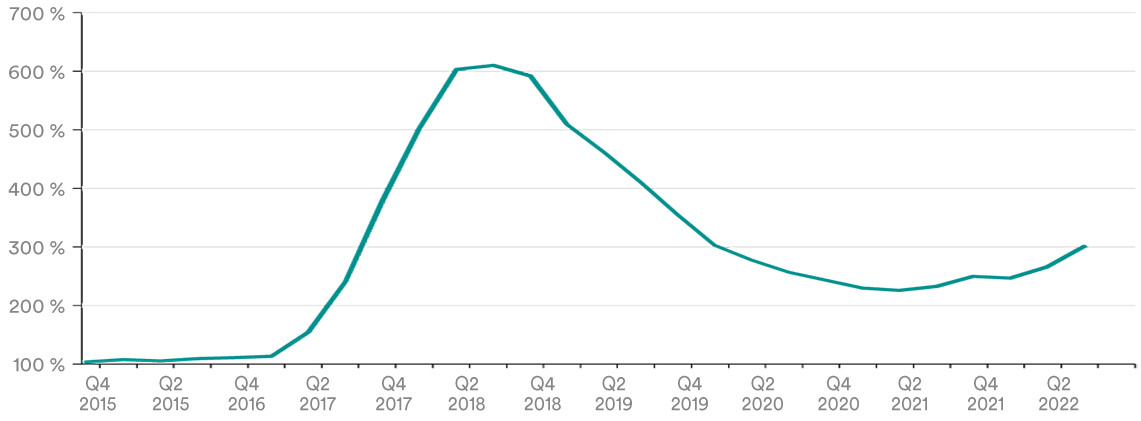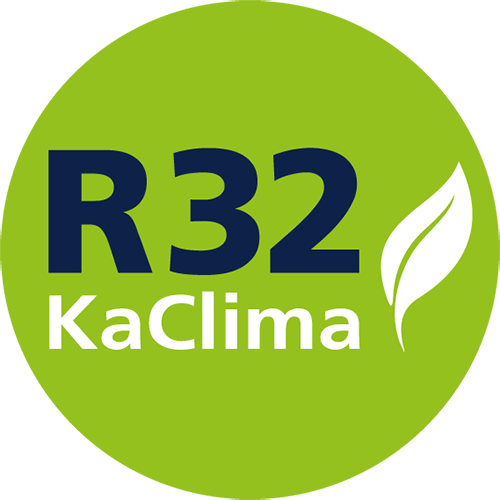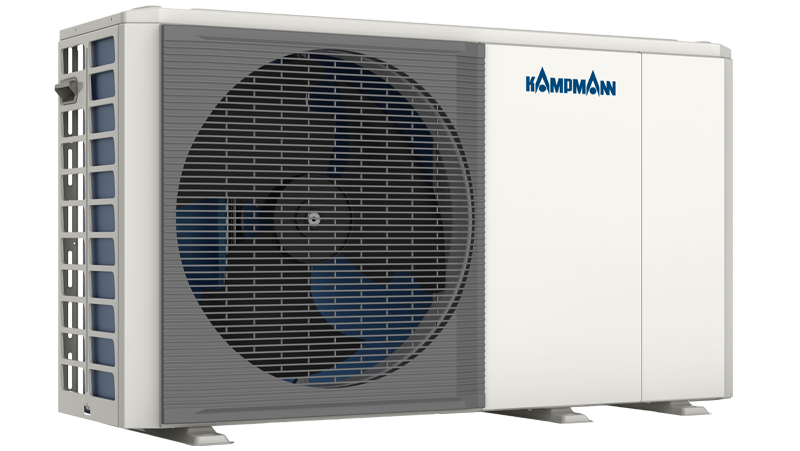
New Refrigerant Regulation to limit climate change
Current status and impact of the F-Gas Regulation
F-gases and PFAS etc. – what changes will we face in 2024?
Regulation (EU) No. 517/2014 (the F-Gas Regulation) on fluorinated greenhouse gases has been in force sine 1 January 2015 and replaces Regulation (EU) No. 842/2006 governing specific fluorinated greenhouse gases. The current F-Gas Regulation includes, among other things, bans on the use of F-gases and on the marketing and sale of products containing F-gases.
Regulation No. 517/2014 is intended to lower the emissions of fluorinated greenhouse gases to around 35 million tons of CO2-equivalent by 2030 in an attempt to combat climate change. An agreement was reached on the revision of the F-Gas Regulation 2023 on October 5, 2023 in a trilogue among the EU Commission, the EU Parliament, and the EU Council. The final agreement of the European Parliament and the Council is expected in the first quarter of 2024.
Although an exact date has not yet been confirmed. It is not expected that there will be further changes to the current publications and agreements. The revision of the F-Gas Regulation will come into effect 20 days after its publication in the Official Journal of the European Union, and certain points from a defined date.
What was agreed in the F-Gas Regulation 2015?
F-gases include almost all popular refrigerants used in refrigeration and air conditioning technology. In 2015 it was agreed that some of these refrigerants would be immediately banned on specific dates, while others would become significantly more expensive through a “phase-down”.
The European Parliament has been trying for many years to reduce the greenhouse effect, by means of the “F-Gas Regulation" among other measures. The volume was to be gradually reduced until the year 2032 at which time only 14 percent of the average volume between 2009 and 2014 could be marketed and sold – while the refrigeration and air conditioning market is growing at the same time.
Year |
2015 |
2016-17 |
2018-20 |
2021-23 |
2024-26 |
2027-29 |
2030 |
|---|---|---|---|---|---|---|---|
Reduction by |
0 % |
7 % |
37 % |
55 % |
69 % |
76 % |
79 % |
Initially, the F-Gas Regulation 2015 caused an erratic rise in the price of refrigerants since 2017. This has now stabilized at a medium price level.

Increased refrigerant prices
Some refrigerants for refrigeration systems have no longer been available since the end of 2017 due to the “phase-down” quota system.
Refrigerant solutions and alternatives
In Kampmann heat pumps and chillers, refrigerant is only used in the generator itself, unlike in direct evaporation systems where the refrigerant flows through the pipework from the outside unit to the last internal unit. The amounts used are therefore significantly lower with fewer possible leak points.

Bans on the use of certain F-gases are leading to a rise in the price of refrigerants with low GWPs (Global Warming Potential). These are mainly “natural” refrigerants, such as CO2 or propane. Propane is characterized by its extremely low GWP value of only 0,02/kg.
The further increase in the refrigerant kilogram price implies a trend toward low filling volumes. Systems with extensive pipework systems will be hard to justify economically in future. Chillers present an environmentally-friendly alternative, in which the cooling energy is transferred to a carrier system, like water.
Kampmann sells all standard models of KaClima heat pumps and chillers with the refrigerant R32. R32 improves the efficiency of the refrigeration circuit, so that the chillers/heat pumps are rated A++ or A+++ depending on the model, and safe operation is guaranteed up to outside temperatures of -25 °C (heating) or -5 °C (cooling).
The use of the refrigerant R32 can reduce the filling volumes by up to 30 % compared to R410A. Another advantage is that units of the larger series need to be tested less frequently for leaks. The smaller series no longer require any leak tests even. These units operate with continuously variable EC fans and an inverter compressor with a control range of between 20 and 100 %. Noise-reduced operation is also possible, for instance during the night.
Kampmann is already well prepared for the future. All KaClima units will be successively converted to the natural refrigerant R290 (propane) to preempt the upcoming additional restrictions.


Heat pumps and chillers
Central supply of decentralized (local) and centralized units with environmentally-friendly water-based heating and cooling energy
→ Get to know




